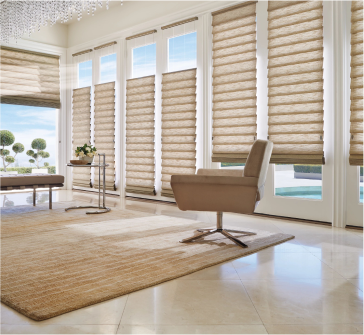Maintaining your home’s blinds is essential for both aesthetic and functional purposes. Blinds can add elegance to any room but may encounter issues over time, such as broken slats or tangled cords.
Fortunately, many of these problems can be easily fixed with some DIY know-how.
Types of Blinds and Their Common Issues
When it comes to maintaining your home’s window treatments, understanding the types of window blinds, including their common issues, is essential for effective DIY repair.
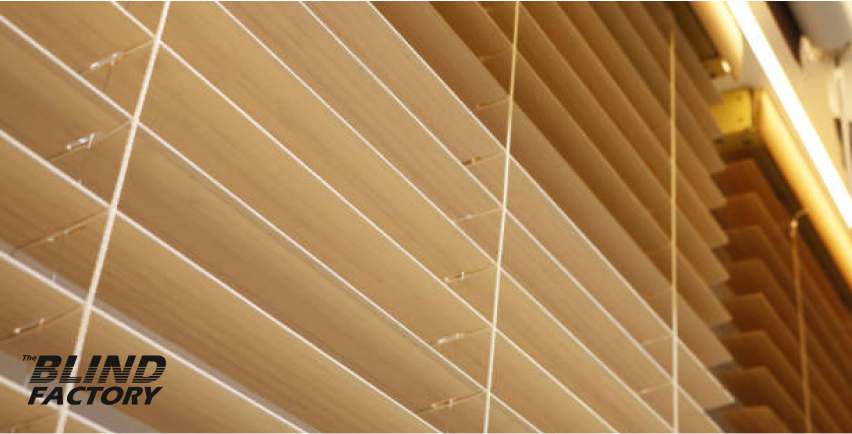
Venetian Blinds
Venetian blinds are characterized by horizontal blinds that can be tilted to control light and privacy. They are typically made from materials like wood, aluminum, or plastic and are popular for their classic and versatile appearance.
Common Problems
- Broken Slats: One of the most common issues, especially with wood and plastic varieties, is slats breaking or cracking due to age or mishandling.
- Tangled Cords: The cords used to raise, lower, and tilt the broken slat can become tangled, making the blinds difficult to operate.
- Misaligned Slats: Slats can sometimes become misaligned, causing uneven spacing and an unattractive appearance.
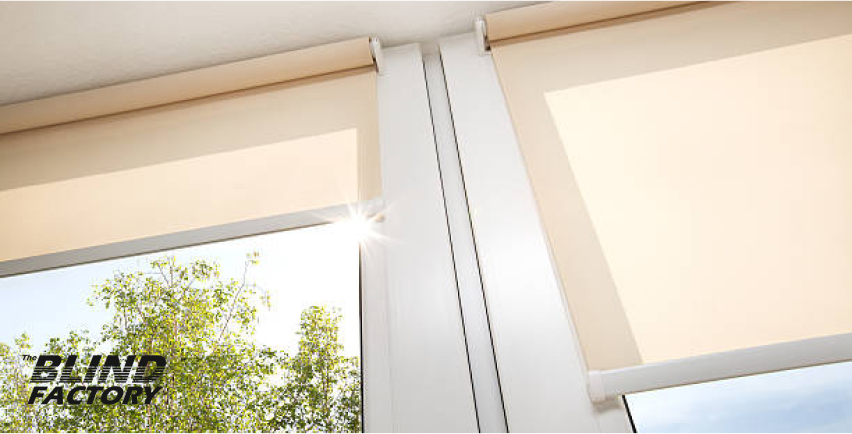
Roller Blinds
Roller blinds consist of a single piece of fabric that rolls up and down using a mechanism at the top.
They are sleek, easy to use, and available in various materials, making them a popular choice for modern interiors.
Common Problems
- Stuck Mechanism: The rolling mechanism can become jammed or stuck, preventing the blind from moving smoothly.
- Fabric Fraying: Over time, the edges of the fabric can fray, especially if the blinds are frequently adjusted.
- Uneven Rolling: The blind may roll up unevenly, causing one side to be higher than the other, which can be both an aesthetic and functional issue.

Vertical Blinds
Vertical blinds feature long, vertical vanes that hang from a track and can be rotated to control light and privacy.
A crucial component in this system is the carrier stem, which helps in the rotation and overall functionality of the blinds. They are commonly used for large windows and sliding doors.
Common Problems
One common issue with vertical blinds is jamming or misalignment, often caused by problems with the carrier stems.
These issues can lead to difficulty in rotation and overall poor operation of the blinds.
- Damaged Vanes: Vanes can become bent, cracked, or otherwise damaged, especially if they are frequently moved.
- Broken Chains: The chains used to operate the blinds can break, making it difficult to adjust the vanes or open the blinds.
- Off-Track Vanes: Vanes can come off their tracks, causing them to hang unevenly or preventing them from sliding along the track.
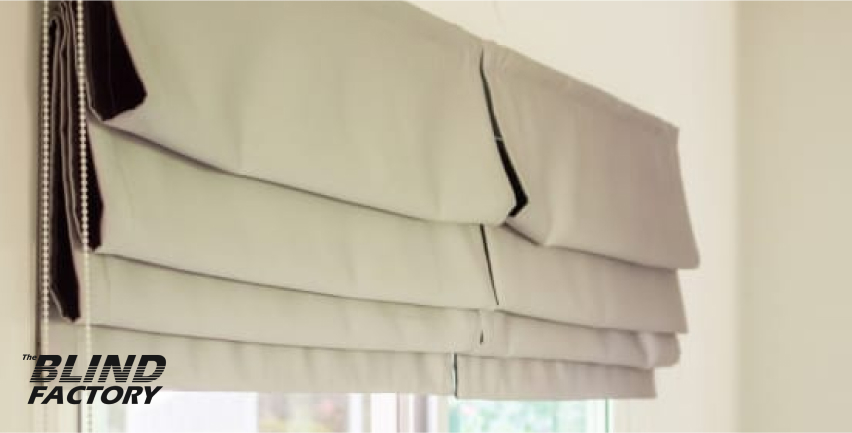
Roman Blinds
Roman blinds are made of fabric and fold into neat pleats when raised. They offer a soft, elegant look and are available in various styles, from classic to contemporary.
Common Problems
- Broken Cords: The cords used to lift and lower the blinds can break, making it impossible to adjust the blinds.
- Fabric Issues: The fabric may develop wrinkles, tears, or stains, affecting the appearance of the blinds.
- Misalignment: The folds can become misaligned, causing the blinds to hang unevenly and detracting from their aesthetic appeal.
Tools and Materials to Have On Hand
Before starting your DIY blind repair project, it’s important to have the right tools and materials on hand.
For a successful DIY blind repair, you’ll need a few essential tools. A screwdriver is crucial for removing screws that secure the blinds or their components.
Pliers are helpful for gripping and bending metal parts, as well as pulling out a damaged slat or cord.
Needle nose pliers are particularly useful for precision tasks such as removing plugs and adjusting misaligned components.
You may also require specific replacement parts, such as slats, vanes, cords, brackets, plastic loops for securing the bottom of vertical blinds through a spacer chain, or other components, depending on the repair.
A measuring tape is necessary for accurately measuring replacement parts and ensuring proper alignment. A utility knife comes in handy for cutting cords or trimming fabric.
Additionally, having cord stops and pulls is important for replacing damaged or missing parts that aid in operating the blinds.
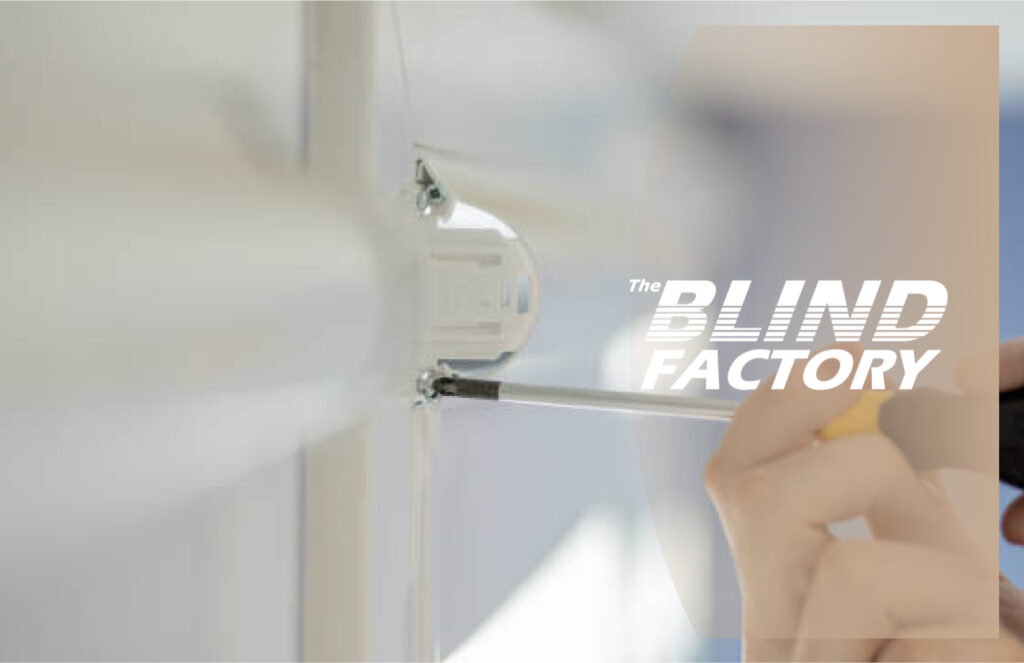
DIY Blind Repair Guide
Now that you have your tools and materials, it’s time to start repairing your blinds.
This step-by-step guide will explain common problems and how to fix them so your blinds work again.
Check the Blinds
Before you start any repairs, you need to check your blinds to see what the problem is. Start by looking for visible damage such as broken slats, tangled cords or misaligned vanes.
Operate the blinds to see if they move smoothly; note any resistance or difficulty in moving.
This initial check will help you identify what needs to be fixed.
Fixing Broken Slats (Venetian Blinds)
To fix broken slats on Venetian blinds you need to remove the broken slats. Start by raising the blinds to the top and securing them.
Next, remove the end caps from the bottom rail which hold the slats in place.
Slide out the broken slats and replace them with a replacement slat of the same size and material. Put the new slats in and reattach the end caps and lower the blinds to check for alignment.
Lift Cords and Chains
If you have tangled lift cords or broken chains, start by untangling the knots. Lay the cords flat and gently work out the tangles without damaging the cords.
If a cord or chain is broken, you’ll need to replace it. For this, measure the length of the existing cord or chain and buy a replacement of the same length and thickness.
Remove the broken piece and thread the new one through the pulleys or guides and secure as needed.
Adjust or Replace Mechanisms (Roller and Roman Blinds)
You may need to adjust or replace roller and Roman blinds with tension mechanisms that aren’t working properly.
To adjust the tension, locate the adjustment screws on the mechanism and turn clockwise to increase tension or anti-clockwise to decrease it.
If the mechanism is worn out or damaged remove the blinds from the brackets and take out the old mechanism.
Install the new mechanism according to the manufacturer’s instructions and make sure it’s secure before reattaching the blinds.
Off-Track Vanes (Vertical Blinds)
When vertical blind vanes are off-track, they can hang unevenly or be difficult to operate.
To fix this, start by checking the track and the blind slats to see what’s misaligned or damaged. Gently realign the vanes by sliding them back into place on the track.
If a vane is damaged or the clip holding it in place is broken, remove the damaged parts and replace them with new ones.
Make sure all clips and brackets are secure before testing the blinds.
When to Call a Professional
While many blind repairs can be done with DIY effort, some situations require professional help.
Complex issues like severe mechanism damage, extensive fabric tearing, or problems with motorized blinds are beyond simple DIY fixes.
In such cases, consider the cost of DIY repair against the risk of further damage; a pro, like The Blind Factory can save you time and money.
To find a good repair service, ask for recommendations from friends, family, or local home improvement stores.
Online reviews and ratings can also help identify reputable service providers. Look for companies with a good history, licensing, and positive customer feedback.
Start Repairing Your Blinds Today
Repairing your blinds can save you money and extend their lifespan, all while giving you a sense of accomplishment. With the right tools and a little effort, you can keep your blinds looking and functioning their best for years to come.

